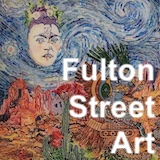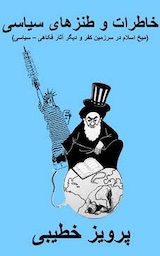Is the saying “a picture is worth a thousand words” still true in the age of selfies? When we take 8-10 shots of the same monument or moment, which do we privilege as our defining memory?
Technology has no doubt improved the quality and quantity of the images we produce and collect, but what do we do with those hundreds of gigs of digital memories? How do we balance the urge to document our experiences with the desire to, … well….experience them! I’m just as guilty as anyone else, but increasingly becoming aware that capturing more and capturing the one just might be mutually exclusive. This awareness has also made me quite fond of old photos.
During my childhood, we purchased rolls of 35mm film for our cameras and had about 30-35 negatives which had to be developed to reveal their content. The week spent waiting, built up the excitement and of course, who could wait to get home to look through the photos and see what had been captured? We would go through them right in the drugstore or parking lot, giggling and always a bit surprised at what we found in those prints. We usually developed doubles of each photo since everyone always asked for a copy. I remember even keeping the failed photos, while the best ones would be placed in a frame and displayed for all to see.
Going back further in time are the family pictures taken in photography studios, often marking an important milestone; polished and posed, these were meant to be enlarged and cherished. If we wander even further back, during my parents’ childhood years, photos were largely black and white and even less spontaneous. These old photos are gems because they often have no duplicate and no two family member has the same ones. Thanks to scanning apps, we can share these photos with our loved ones, but their authenticity remains a uniquely tactile experience. To appreciate an old photograph, you must hold it in your hands, run your finger against its soft and frayed edges, read the faded dedications written on its back, acknowledge its weathered state, all the years and distances it has traveled and survived to make it into your hands today, and only in that context can you truly “see” the faces staring back at you.
I recently came across a stack of old photographs of friends of my deceased Iranian uncle, Hassan Rouhandeh (MD, PhD), who came to the U.S. in the late 1940s when he was 16. The photos are of Iranians he met at American schools and some from Iran, which his American family did not recognize. So I promptly rescued them from an impending trip to the trash bin. I do not recognize these faces either, but allowing their photos to be thrown away just wasn’t an option.
Call me nostalgic, but considering how much I treasure our old family photos, I can’t help but hope that the families of these men also feel the same. I would love it if these photos were claimed, if they were identified and their stories were shared. I would love it if modern technology would step in to reunite these lost old photos with their families, and finally send them home.










Thanks for posting. Welcome to iroon.com